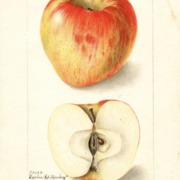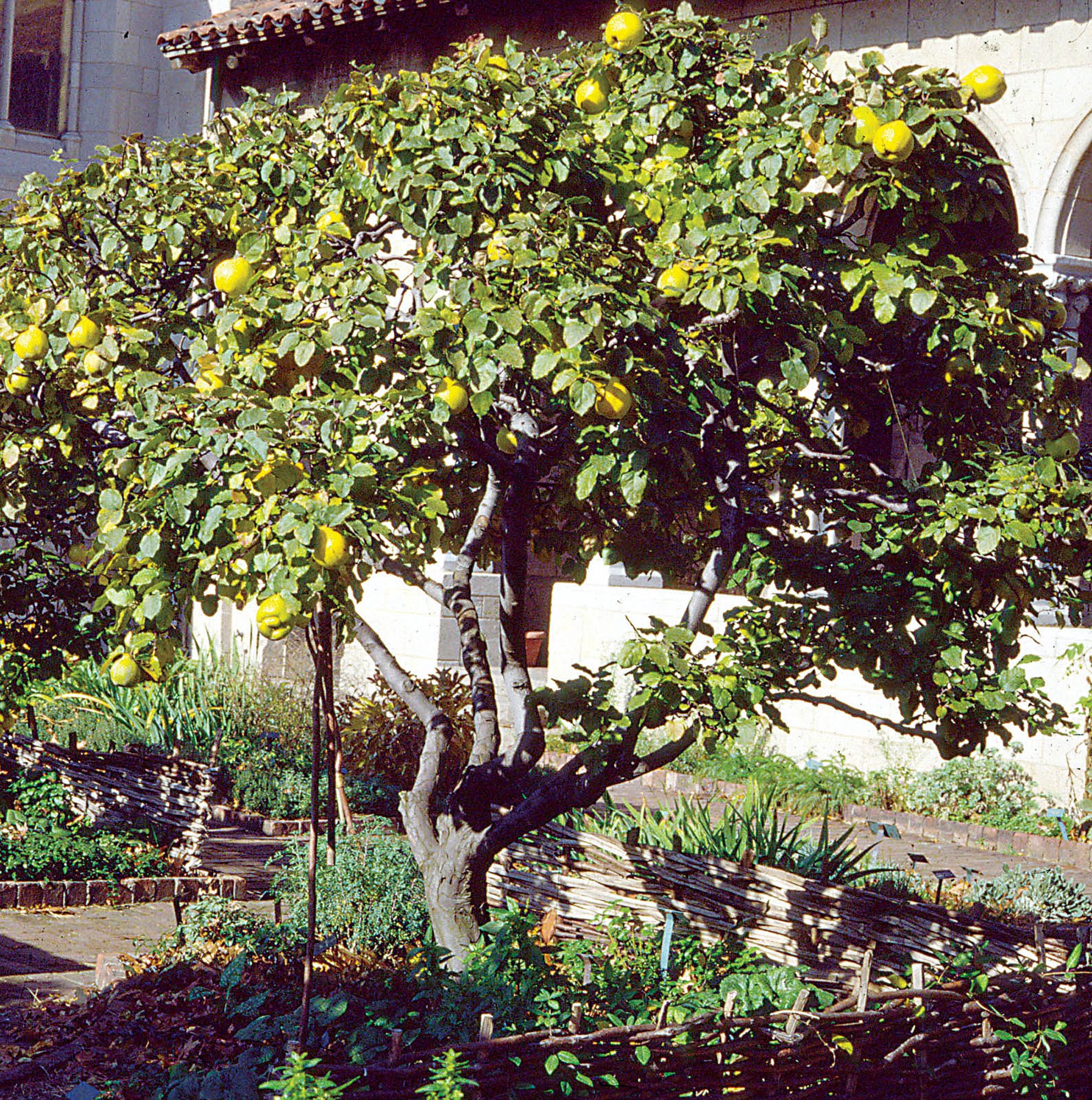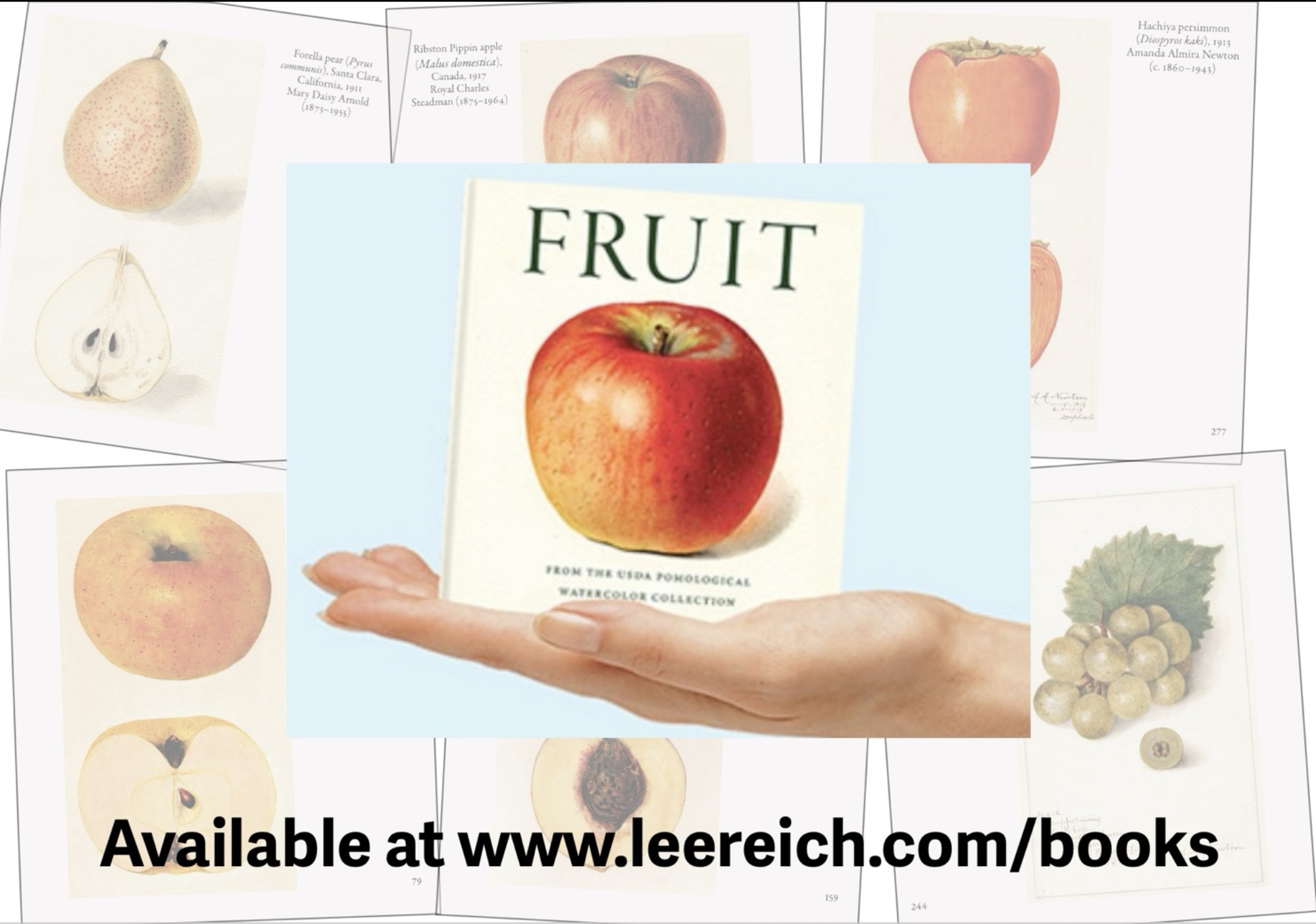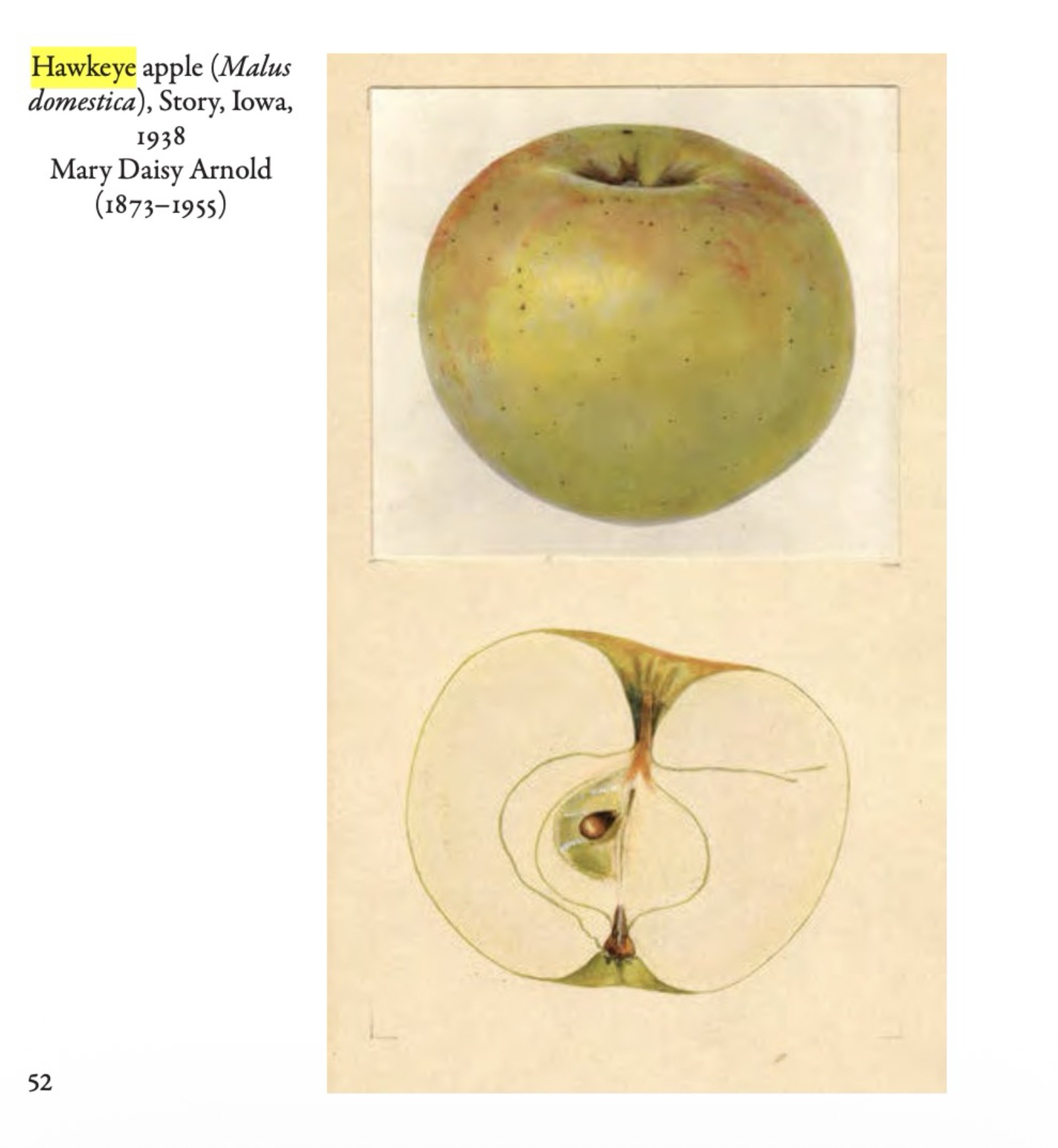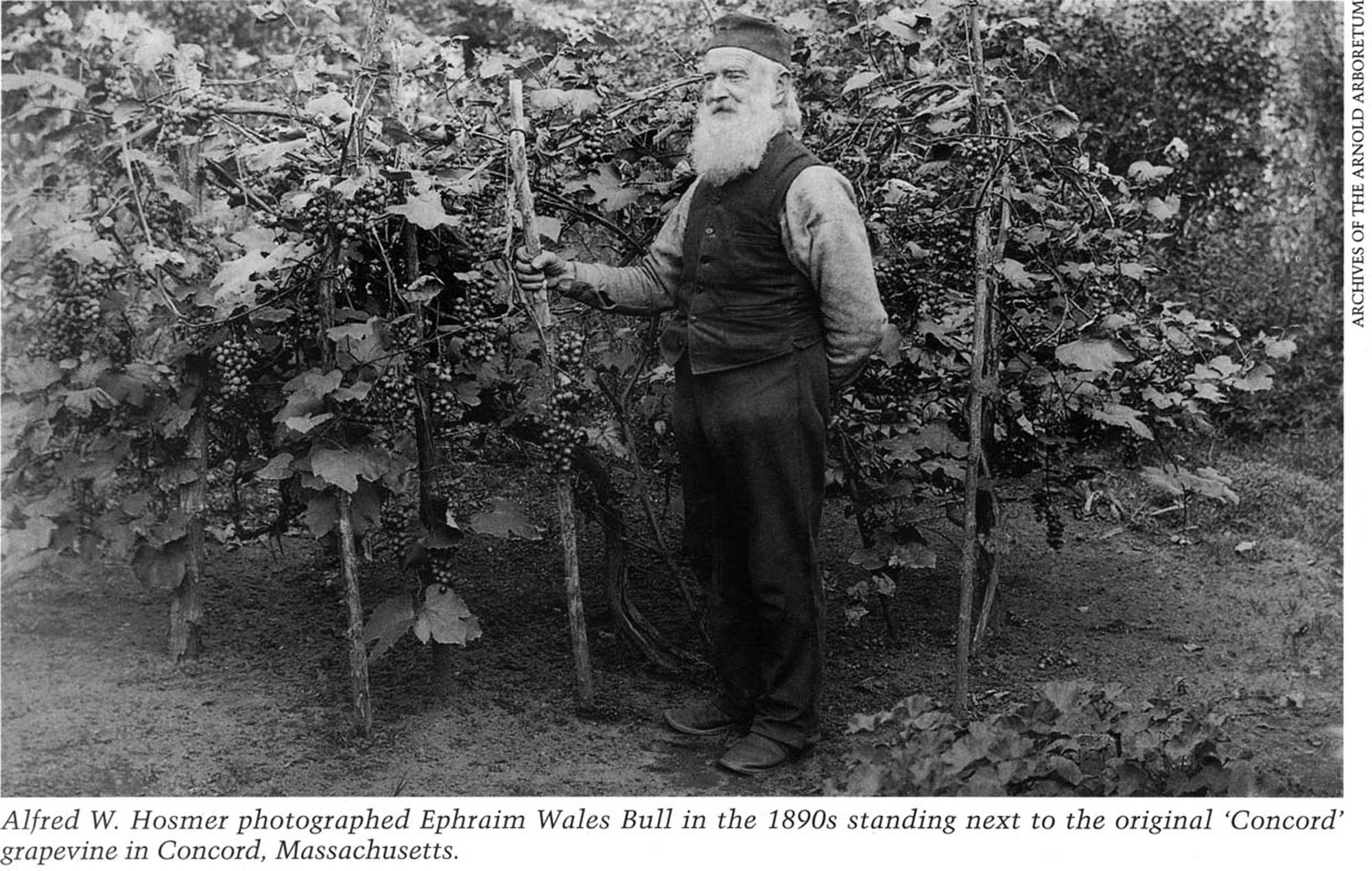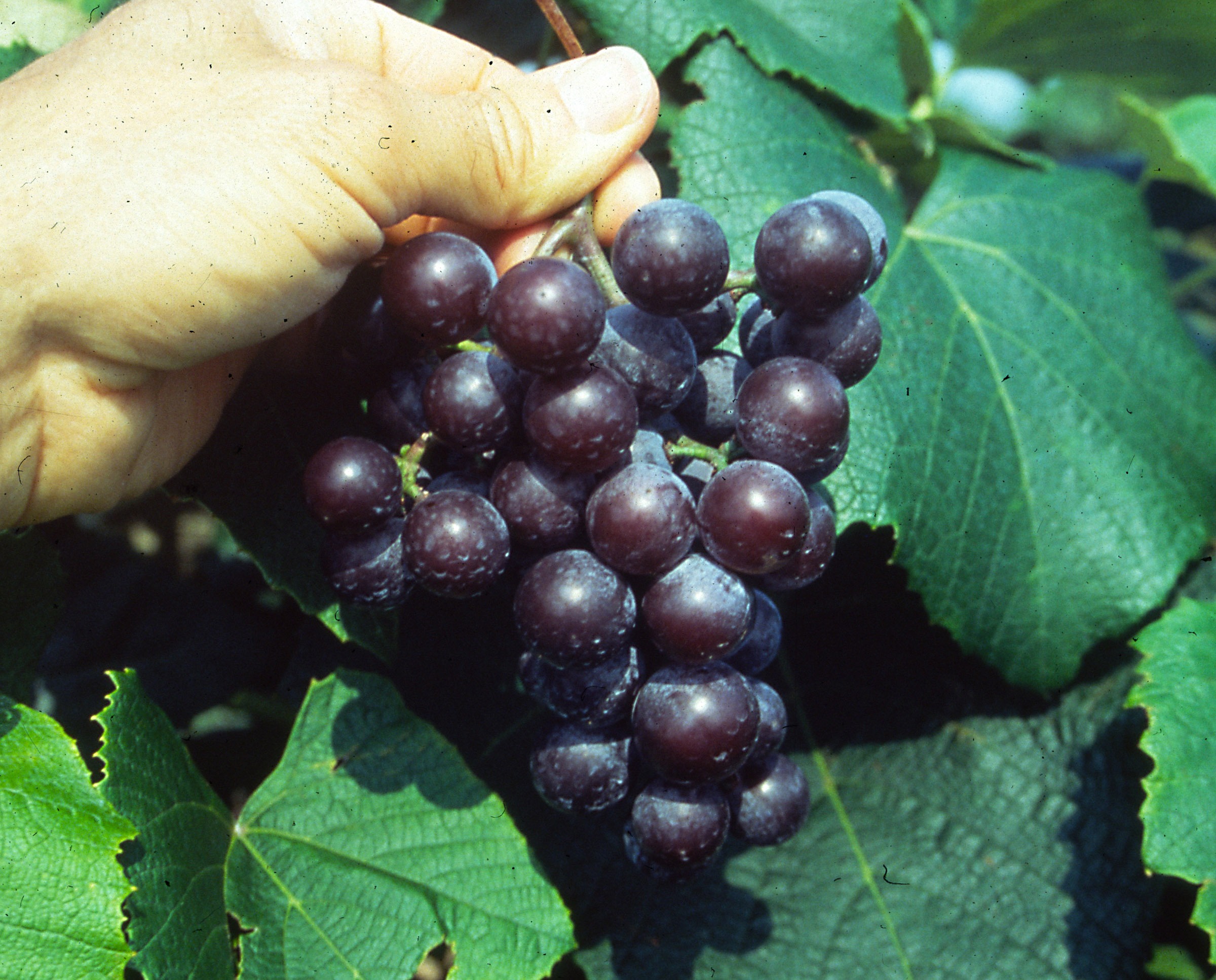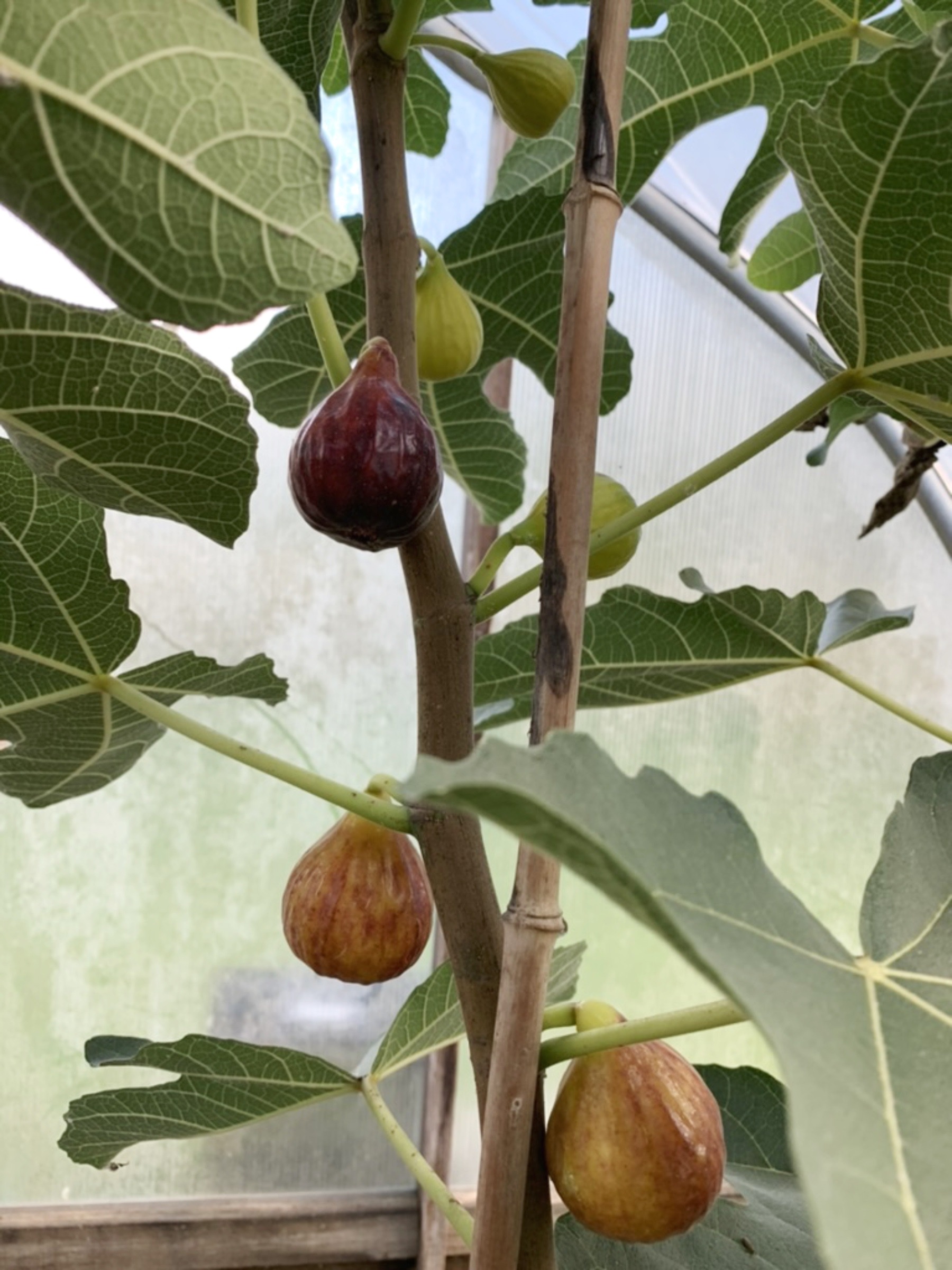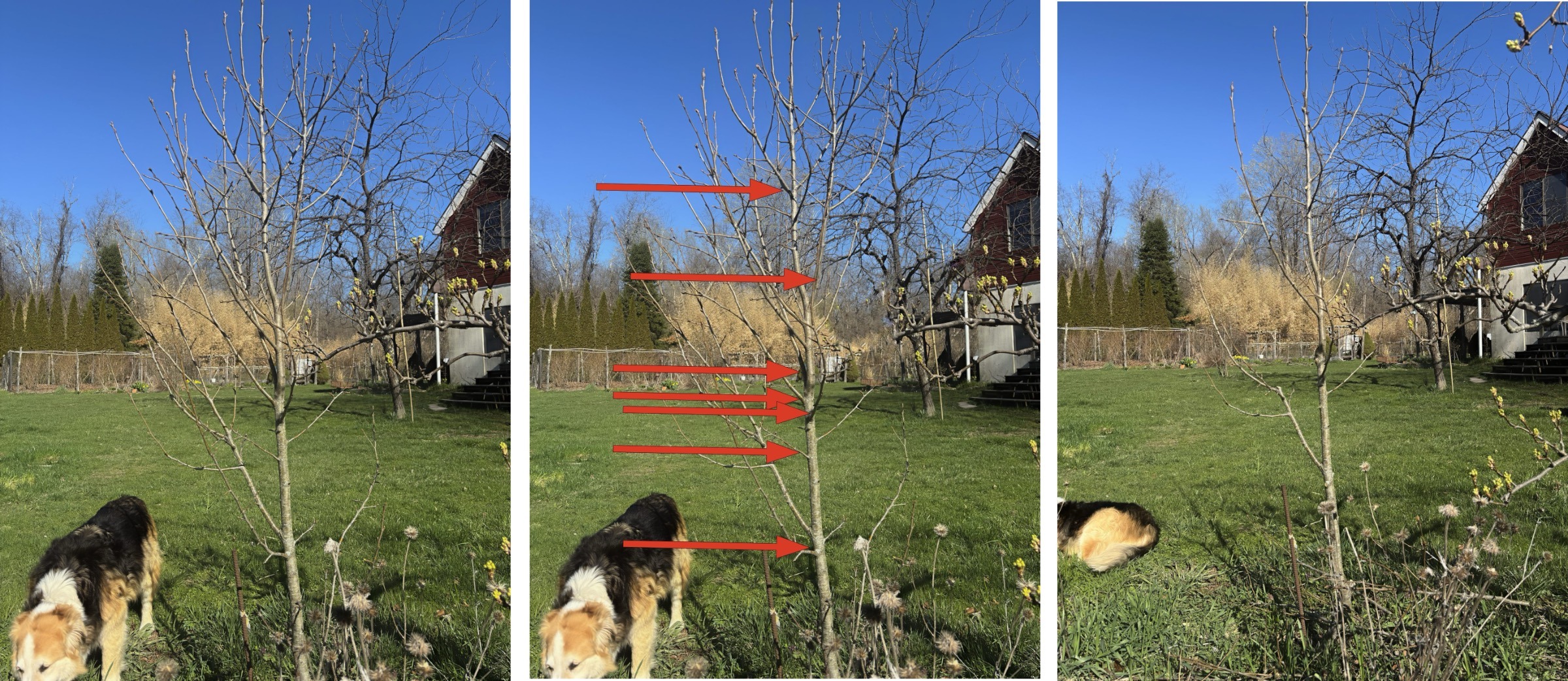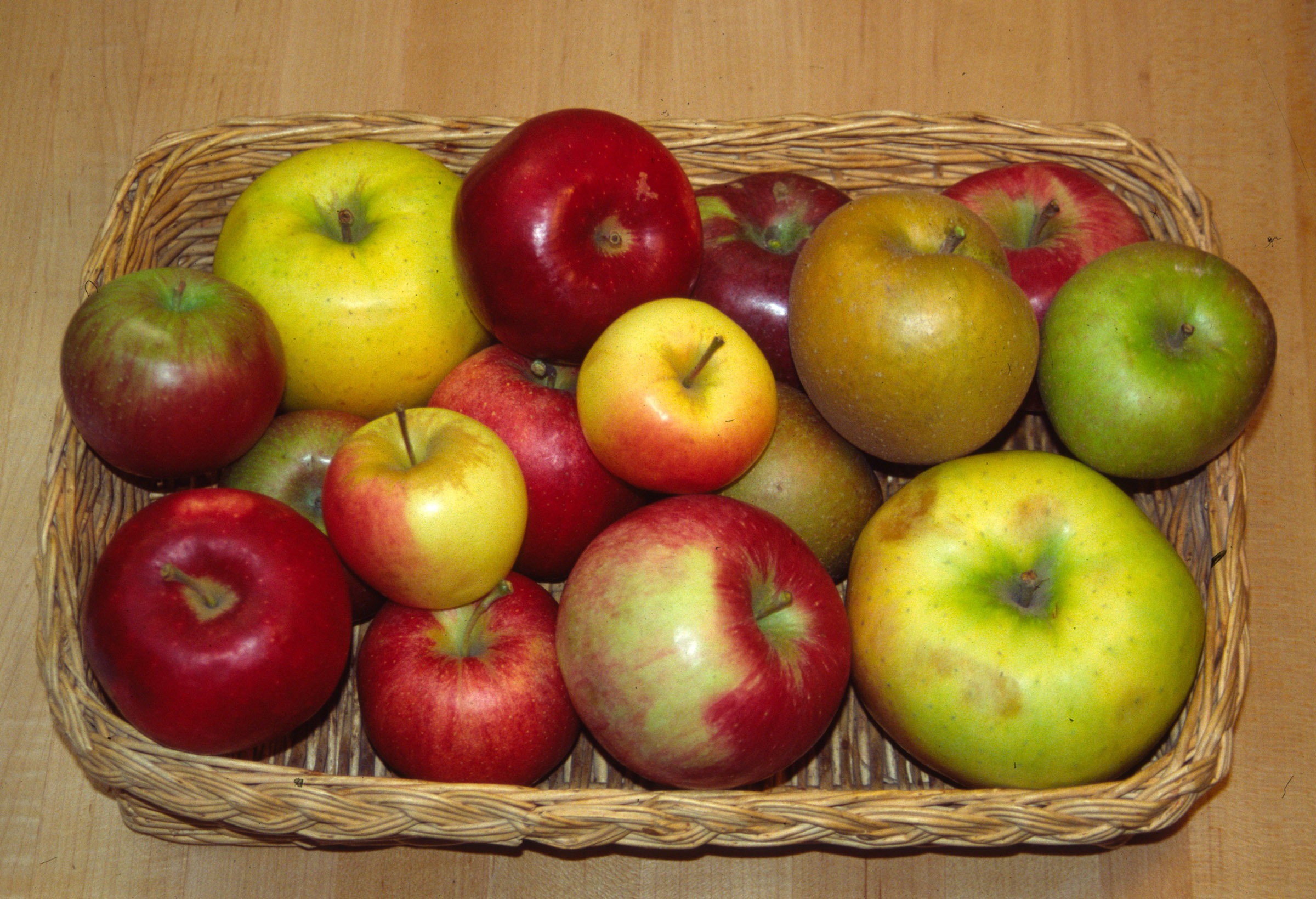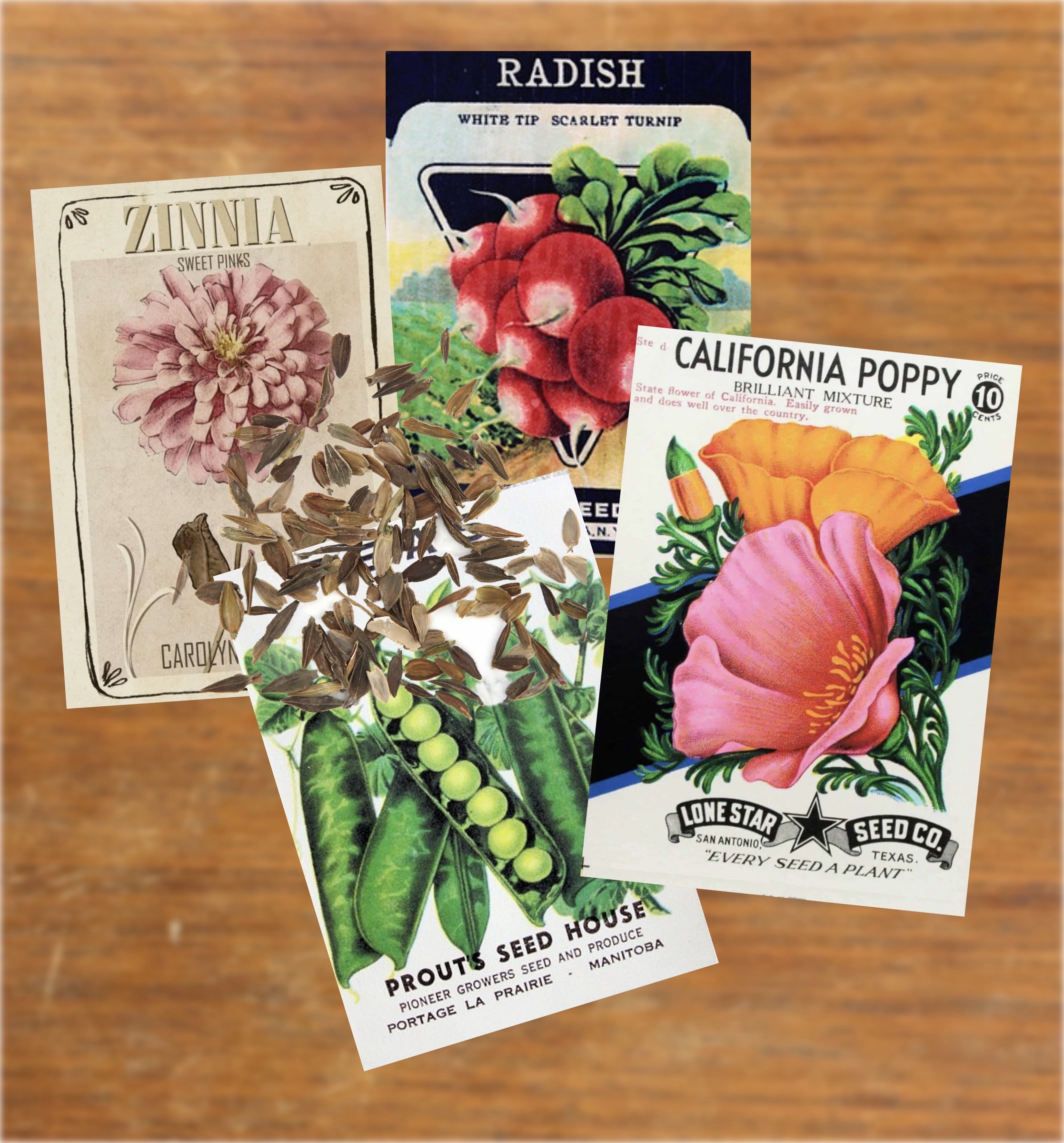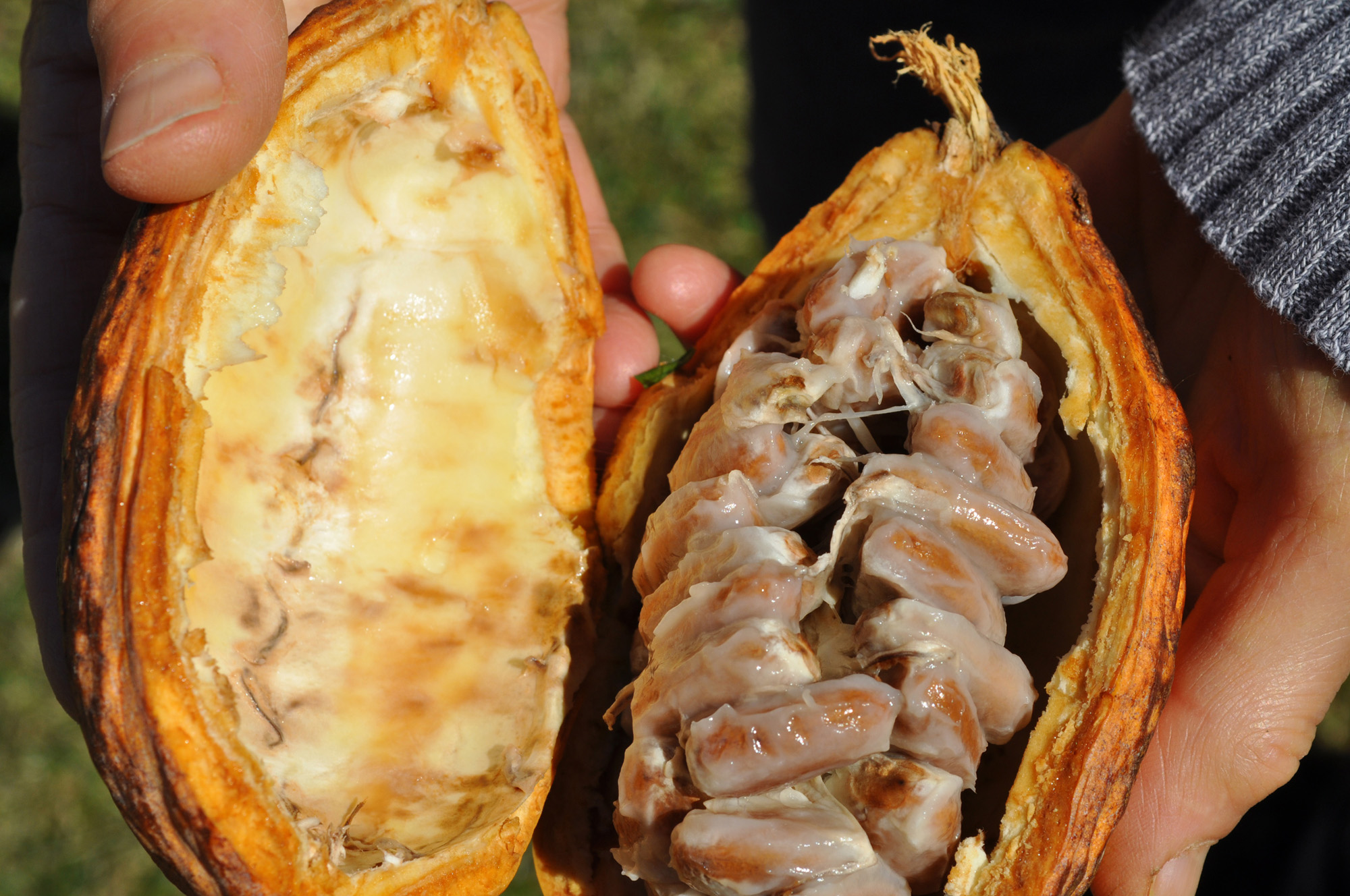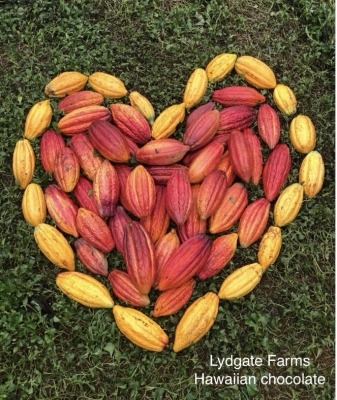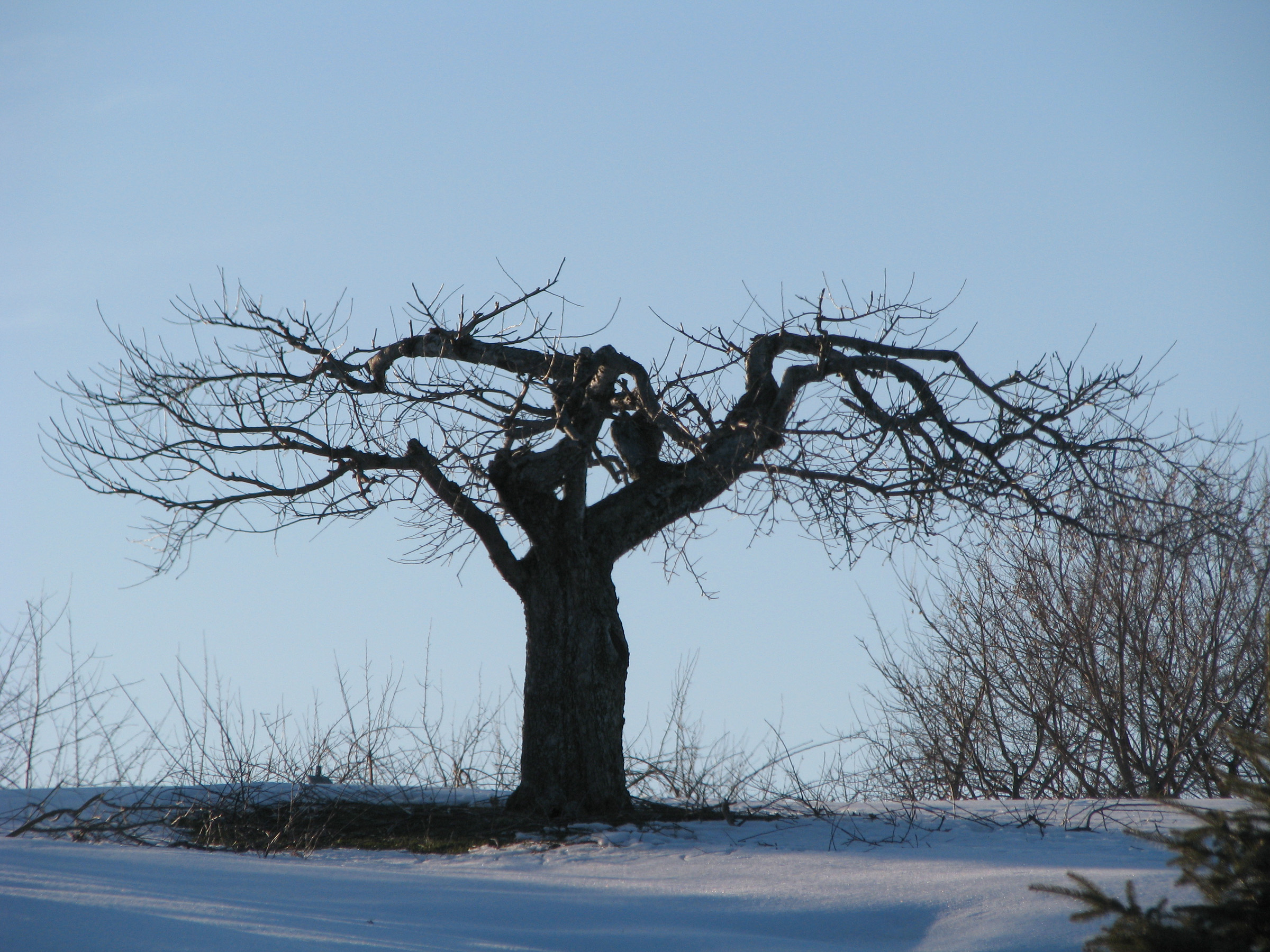STUFFED
Grow Your Own Stuffing
Thanksgiving is a time of year when one’s thoughts naturally turn to . . . stuffing. No, not stuffing yourself, but stuffing a turkey. Even many people who choose not to eat turkey on Thanksgiving nonetheless do enjoy stuffing themselves with stuffing.
So why not think about what ingredients for stuffing can be reaped from the garden? Even better, how about setting aside a little portion of the garden next year as a stuffing garden?
The bread and butter of any stuffing is some starchy food, often bread and butter itself, the bread usually as crumbs. There’s no breadcrumb plant, so forget about growing breadcrumbs. Not that you couldn’t buy some wheat “berries” at a health food store, plant them next spring, harvest the grain when the plants dry down, thresh and winnow out the berries, grind them into flour, make the flour into bread, then let the bread go stale and pound it into bread crumbs.

Growing breadcrumbs– I did it once!


